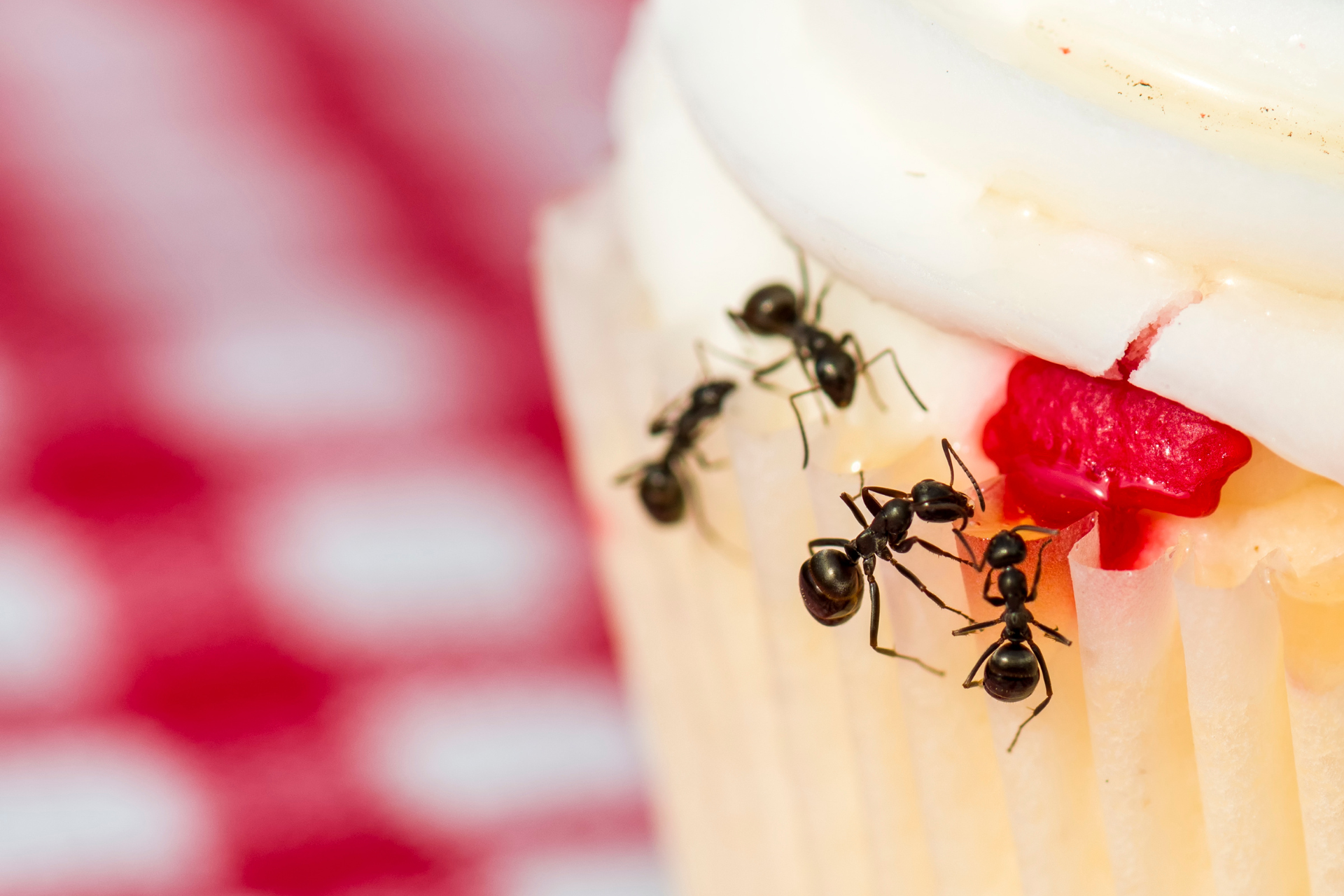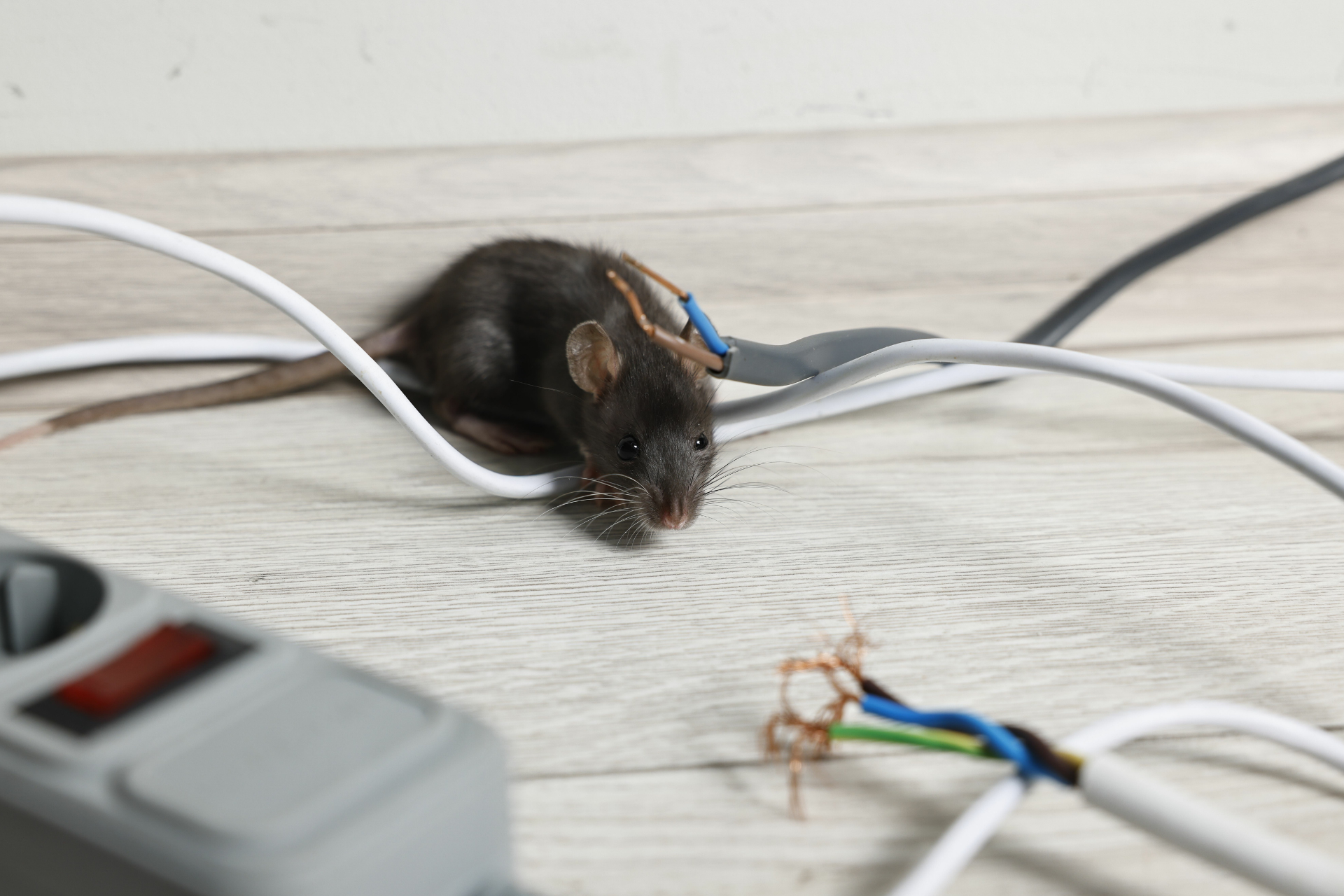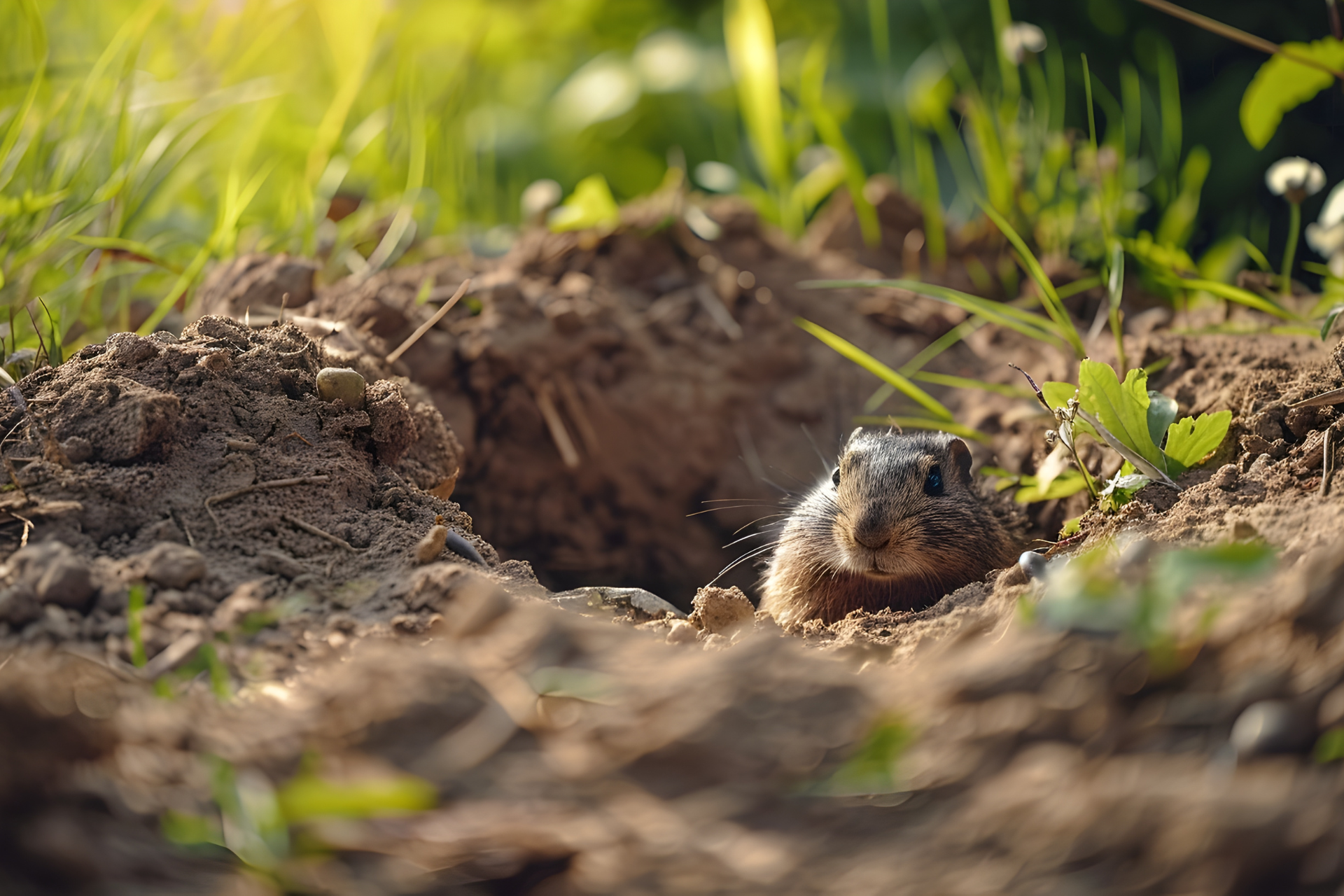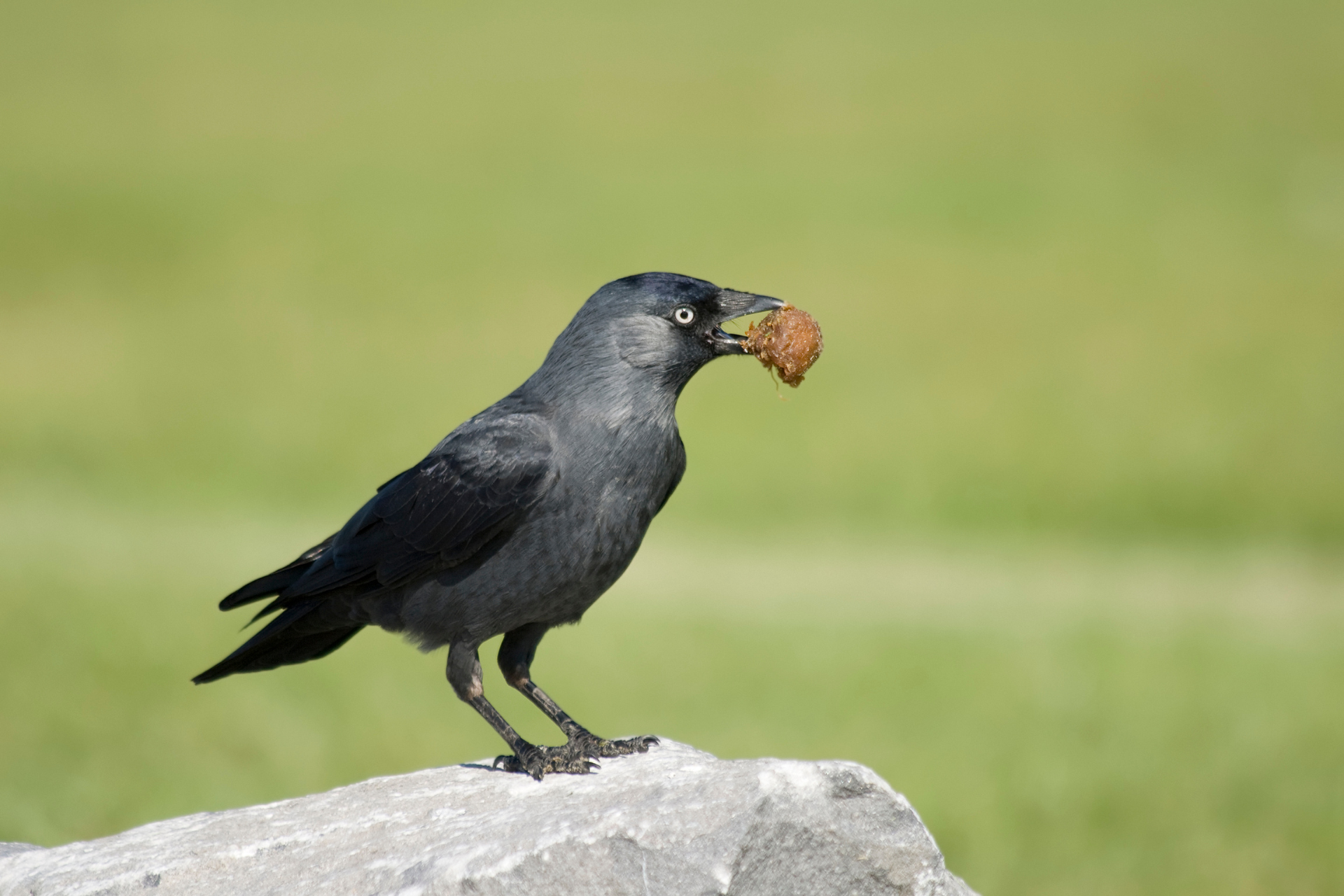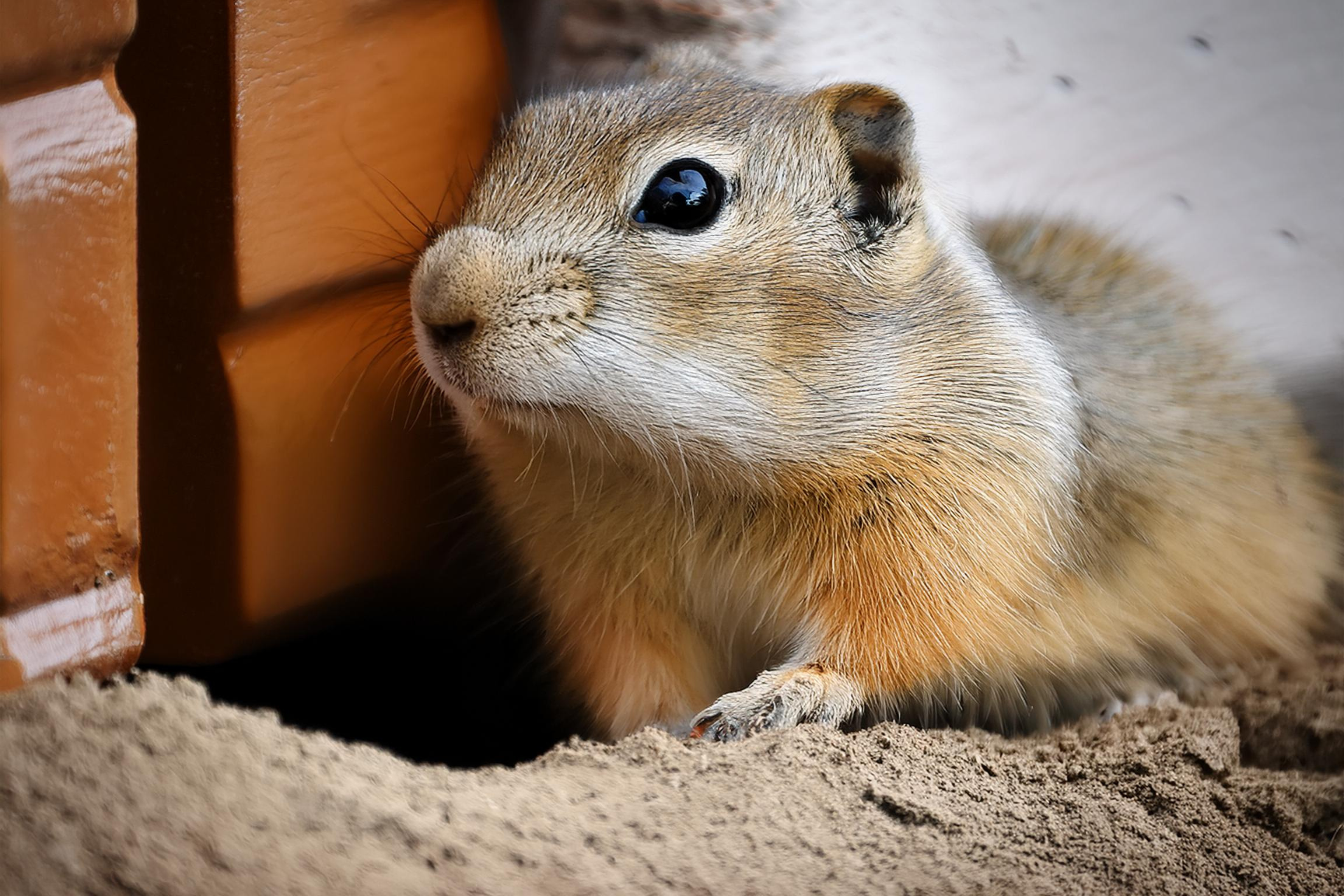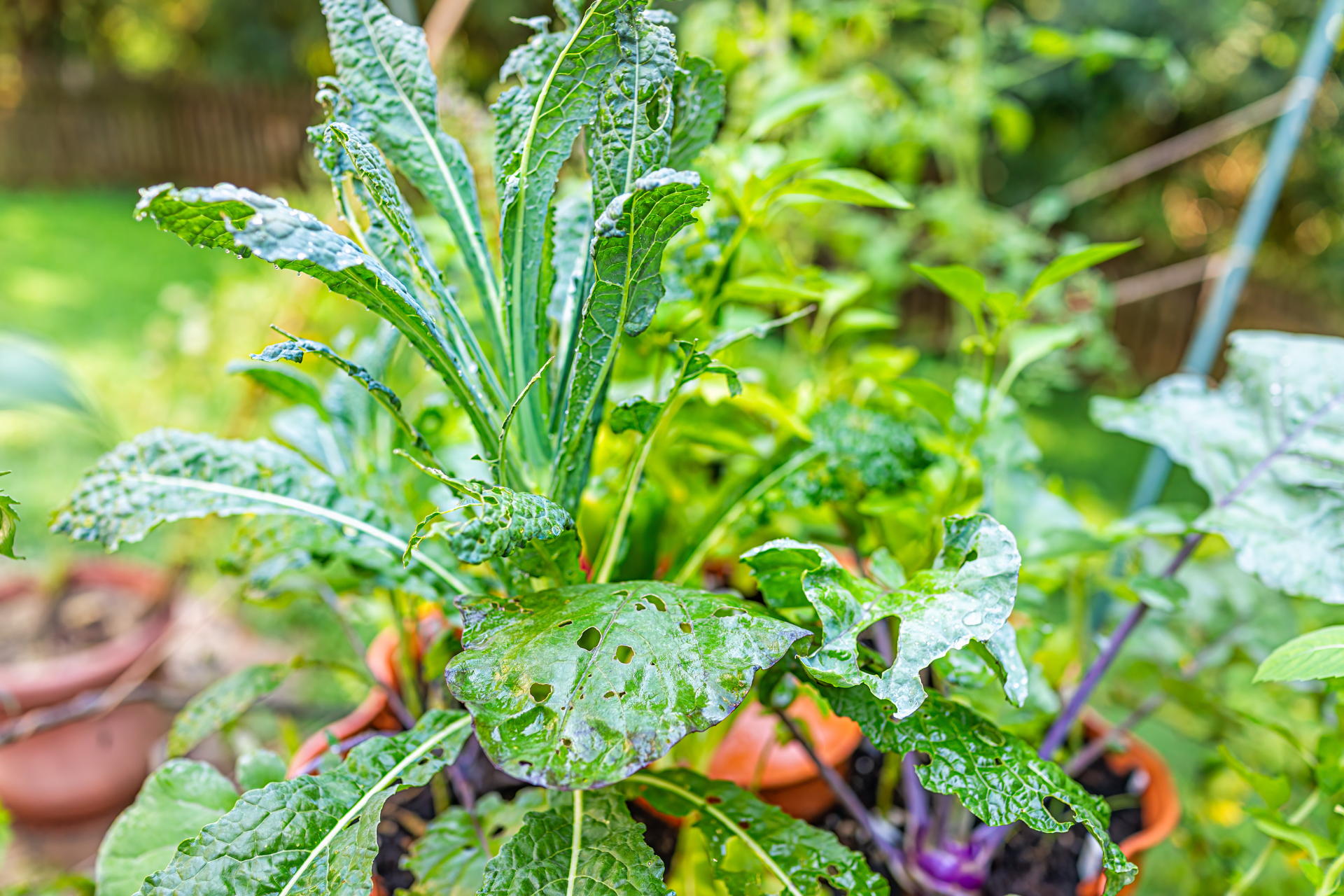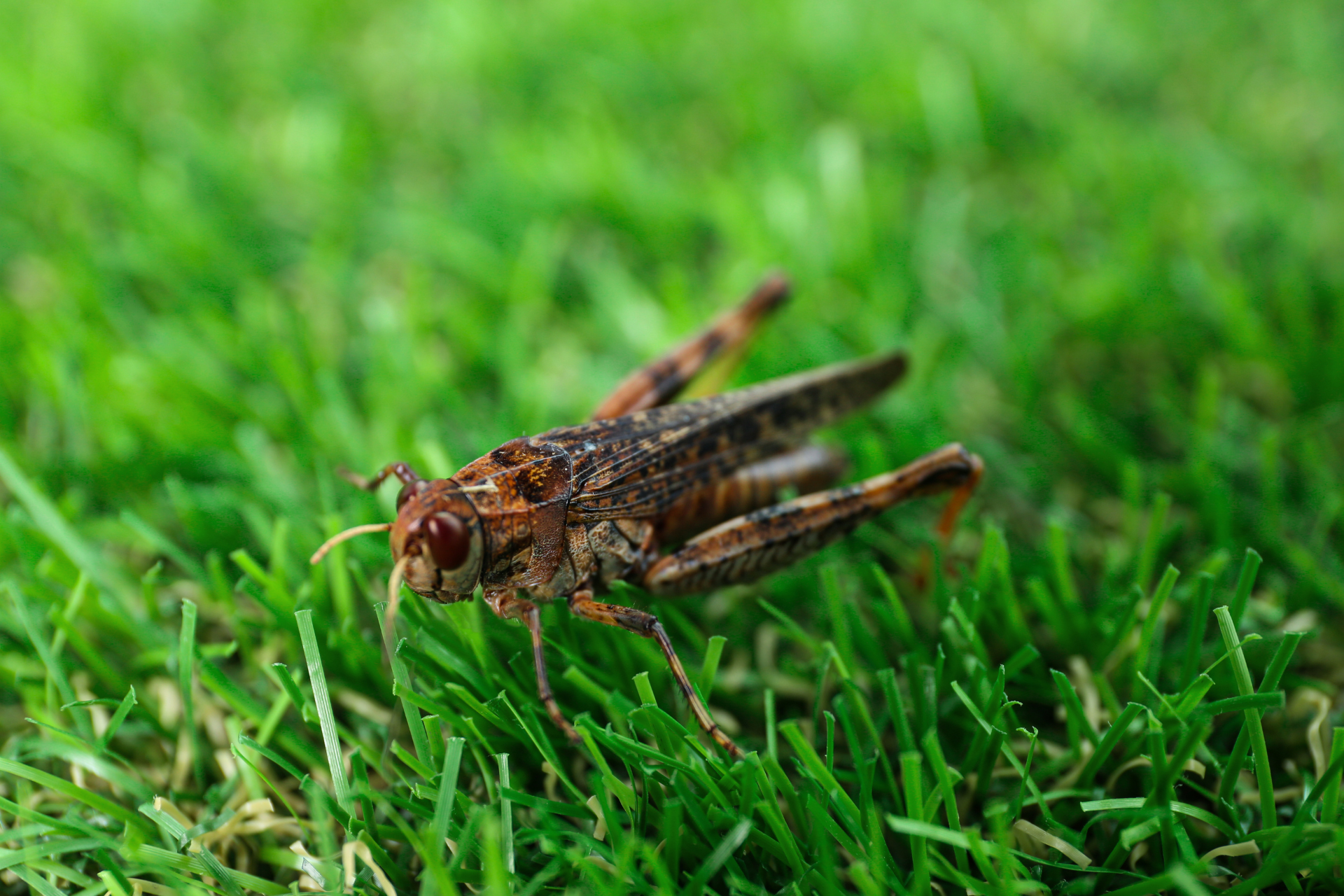Recognizing and Addressing Burrowing Animal Activity in Your Yard
The tranquility of a well-kept yard can quickly turn into a mystery when unexplained holes and mounds appear overnight. The presence of these burrows often raises questions and concerns about the unseen guests that have taken up residence. Identifying the culprits behind these burrows is not only intriguing but crucial for maintaining the safety and integrity of your property. This blog aims to shed light on the signs left by common burrowing animals, helping you recognize and address potential wildlife intrusions before they cause significant damage.
Signs Of Moles
Moles are notorious for their subterranean activities, creating intricate networks of tunnels just below the surface. Their presence is typically marked by volcano-shaped mounds of loose soil, which are the result of their excavation efforts. These mounds can appear sporadically across grassy lawns and gardens, disrupting the even surface of the ground. Mole tunnels themselves are usually unseen, but their raised ridges can be felt underfoot, crisscrossing through the soil.
They are primarily found in areas with moist, loamy soil where they can easily dig. Gardens, lawns, and fields are common hotspots for these industrious creatures. They are especially active in spring and fall when the soil is moist and easy to excavate. Their tunneling can disrupt plant roots and create unsightly mounds that damage the aesthetic and health of a lawn or garden. Identifying mole activity early can prevent extensive lawn damage and help manage their population effectively. Moles are attracted to yards with abundant insect populations, especially earthworms and grubs, which serve as their primary food source.
Signs Of Voles
Voles, often mistaken for mice, leave distinct signs of their presence that differ from other burrowing animals. These small rodents create shallow burrow entrances and surface runways that weave through dense vegetation or mulched gardens. The runways are narrow, well-trodden paths that can often be seen in the grass or soil, leading to multiple small burrow openings. Vole holes are typically about 1-2 inches in diameter and can be difficult to spot without careful inspection.
Voles thrive in areas with ample ground cover, such as gardens with thick mulch or overgrown vegetation. They are particularly fond of environments that provide both food and protection from predators. They are active year-round, but their damage is most noticeable in the fall and winter when they girdle trees and shrubs by gnawing on the bark. Voles can cause significant damage to plant roots, tree bark, and garden produce. Their gnawing can girdle trees and shrubs, leading to plant death. Understanding the signs of vole activity can help in taking preventative measures to protect your garden and landscaping investments. Voles are attracted to areas with plenty of food sources, including bulbs, roots, and seeds.
Indicators Of Gophers
Gophers are skilled diggers known for their extensive tunneling systems. Their burrow entrances are usually identified by crescent-shaped mounds with a distinct plugged entrance, often located to one side. These mounds are created as gophers push soil to the surface while excavating their tunnels. The plug is often a clear indicator of gopher activity, as it helps to keep predators out and maintain the burrow's structure.
Gophers are commonly found in open fields, gardens, and areas near crops where they have access to roots and vegetation for food. Their tunneling activities can undermine soil stability, disrupt irrigation systems, and damage plants. Gopher burrows can lead to significant landscape and agricultural damage, making it essential to identify and control their populations promptly. Gophers are attracted to areas with abundant food sources, particularly succulent roots and tubers, making gardens and crop fields ideal habitats.
Squirrel-Related Problems
Ground squirrels create burrows that may resemble those of other small mammals, but they have distinctive characteristics. Their burrow entrances are usually larger and more open, sometimes appearing as multiple entrances connected by shallow tunnels. Squirrel burrows can be extensive, with complex networks of tunnels used for nesting, food storage, and escape routes.
Squirrels prefer areas under decks, patios, and the bases of trees, where they can find shelter and food. Their burrowing can weaken the structural integrity of these areas, leading to costly repairs. Squirrels may also gnaw on wood and other materials, compounding the damage. Recognizing squirrel burrows early can prevent structural issues and help maintain a safe property. Squirrels are attracted to areas with abundant food sources such as nuts, seeds, and fruits, as well as places that offer shelter and protection.
Problems Rats Cause
Rats are prolific burrowers, and their holes are typically smooth, well-defined, and often located near sources of food and shelter. These burrow entrances can be found under buildings, along fences, and in garbage areas, where rats can easily access food. Rat holes are usually about 2-3 inches in diameter and are often found alongside well-traveled rat paths.
The presence of rat burrows poses significant risks, including structural damage, disease transmission, and food contamination. Rats are known carriers of various diseases, and their droppings and urine can contaminate food supplies. Identifying and addressing rat burrows is crucial for maintaining a safe and hygienic environment. Rats are attracted to areas with easy access to food, water, and shelter, such as garbage dumps, food storage areas, and dense vegetation.
Skunks
Skunks are known for their distinctive digging habits, creating shallow, cone-shaped holes while foraging for insects and grubs. These holes are typically found in lawns,
gardens, and under structures where skunks seek food. Skunk holes are usually small, about 3-4 inches in diameter, and are often accompanied by a slight smell of skunk.
The presence of skunks can be identified not only by their burrows but also by their distinctive odor. Skunks can cause damage to lawns and gardens, and their burrowing under structures can lead to additional problems. Recognizing skunk activity early can help prevent unpleasant encounters and property damage. Skunks are attracted to areas with abundant food sources, such as insects, grubs, and small animals, as well as places that offer shelter like under decks and porches.
Don't let burrowing animals wreak havoc on your property. Contact 101 Gopher & Pest Control today for professional and effective wildlife removal services. Our experienced team can quickly address your pest issues, ensuring your home and garden remain beautiful and damage-free.

